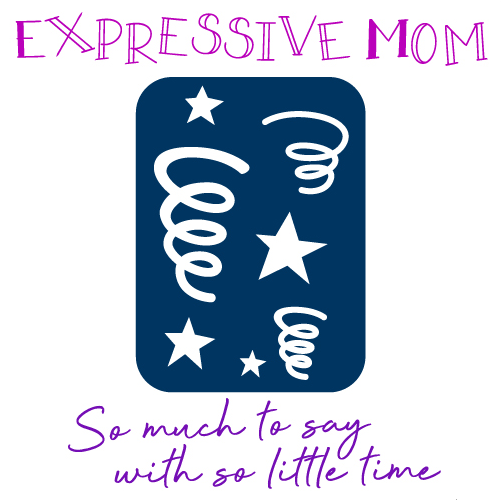Hearing loss is a widespread and growing problem among our youth today — and yet is often not fully understood by even the most health-conscious parents. It’s a serious and potentially permanent problem that can follow you throughout your whole life. What makes the issue especially tricky to tackle is the group it affects. Children suffering from hearing loss may not even know there is a problem. Even if they are experiencing symptoms, they may not associate them with the actual cause, and they may be reluctant to discuss hearing issues with parents.
The infographic below has critical information on the topic of hearing loss in children and serves as a valuable guide for parents, grandparents, and child caregivers of all kinds. It explains the magnitude of the problem (which may surprise you), describes the leading causes and warning signs and offers suggestions on how to prevent hearing loss from occurring or getting worse.
Ok, bad news first. The bad news about hearing loss in children is that is it often irreversible. . Children with hearing loss could look forward to a long lifetime of depressed earnings and social challenges that will adversely affect their quality of life. This is why it’s imperative for caregivers of all kinds to be alert of the dangers and to be proactive in monitoring the hearing health of their children.
Now the good news. The good news about hearing loss in children is that many of the leading causes are preventable. Children don’t have to listen to music cranked up to max on low-quality headsets or earbuds, for hours on end. They don’t have to go to rock concerts or attend without wearing protective sound blockers. As their guardian, you may be viewed as the “bad guy” and won’t be thanked for your monitoring and precautions but they will thank you later in life when they see the irreversible damage of their peer’s hearing that didn’t take their hearing health seriously.
Music is probably the leading cause of preventable hearing loss in children. Today, the proliferation of inferior-quality earbuds leads children to crank up the volume louder than ever as they attempt to filter out background sounds. This is why high-quality headphones are the best option whenever children are using their cell phones or other personal devices for entertainment.
For more insights about hearing loss in children, check out the infographic below.
A guide created by e3 Diagnostics




Connect With Me !